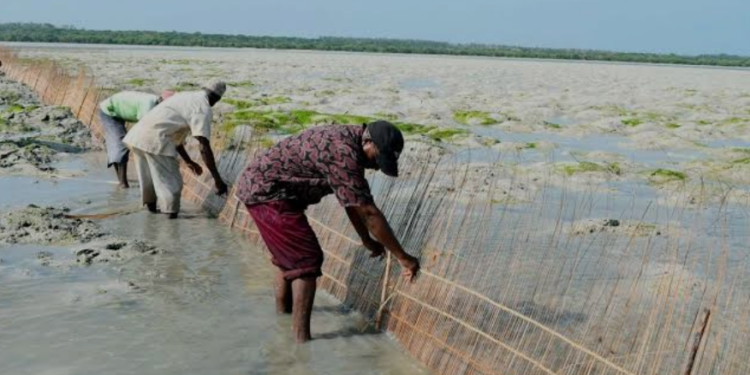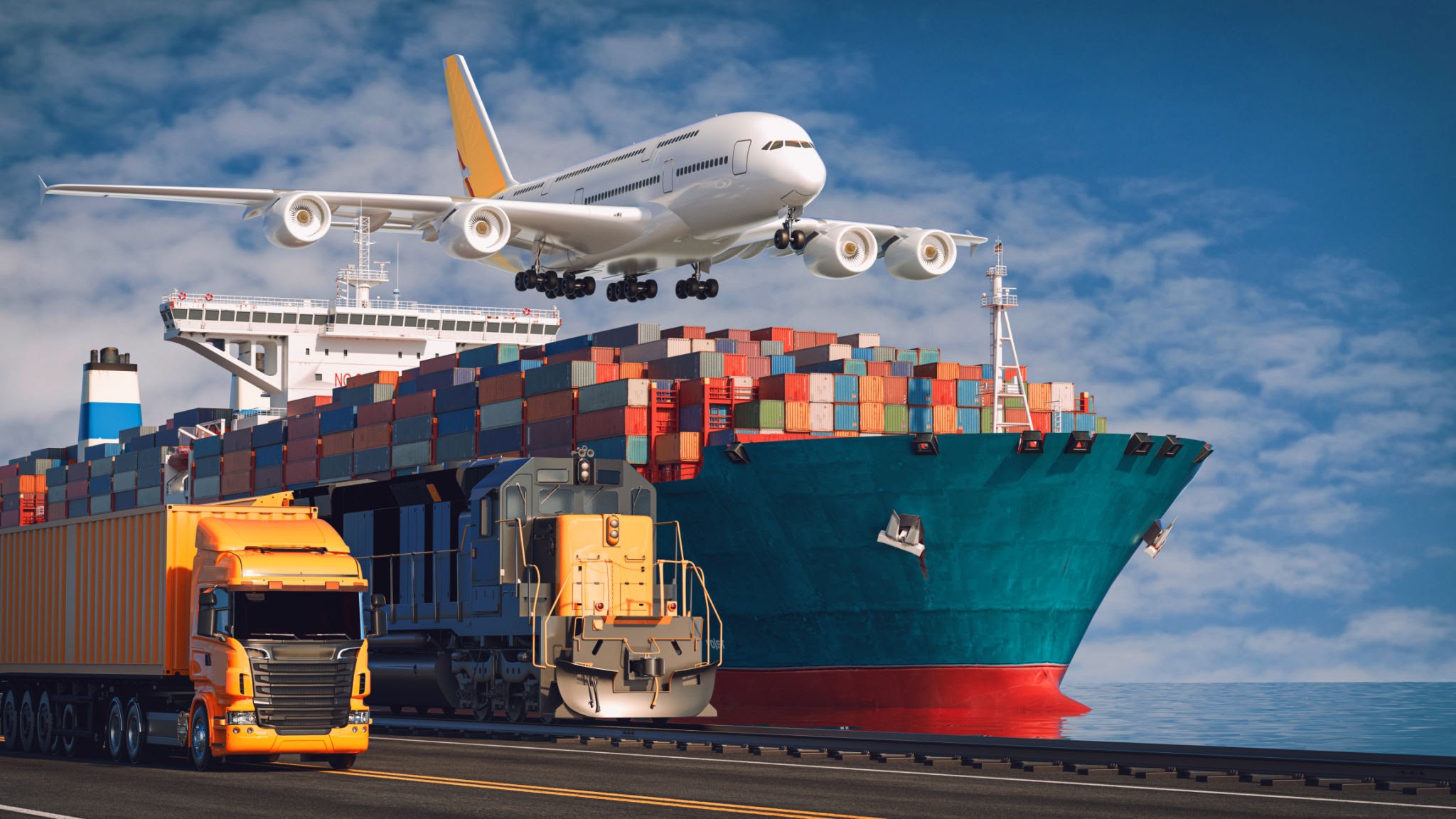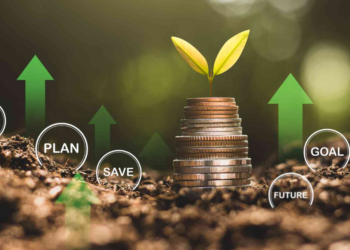Kenya’s coastline, stretching over 600.0 kilometers along the Indian Ocean, has long been associated with tourism and fishing. But in recent years, the country has begun to unlock the broader economic potential of its maritime and freshwater resources through what’s being termed the “blue economy.” This emerging sector is poised to become a key driver of inclusive growth, job creation and sustainable development.
The blue economy encompasses sectors such as aquaculture, marine transport, shipbuilding, offshore energy and coastal tourism. According to Kenya’s State Department for Blue Economy and Fisheries, the country’s blue economy has the potential to contribute up to KES 500.0 billion annually to GDP and create over 1.0 million jobs. With increased investment in ports, fishing infrastructure and maritime training, the government aims to position Kenya as a regional hub for ocean-based economic activity.
Notable developments include the revitalization of the Kenya Ports Authority (KPA) and the expansion of the Lamu Port, which is part of the LAPSSET Corridor project. These infrastructure investments aim to improve regional trade connectivity and attract logistics and shipping companies to the Kenyan coast.
Meanwhile, aquaculture is gaining traction as a commercially viable alternative to wild fishing, especially in freshwater regions like Lake Victoria. Initiatives like the Aquaculture Business Development Programme (ABDP), funded by the Kenyan government and IFAD, are helping fish farmers access markets and financing. This shift is not only improving food security but also opening up opportunities in fish processing and export.
Private sector interest is also rising. Kenyan startups and SMEs are innovating around seaweed farming, fish feed production and cold chain logistics. Investors eyeing sustainable sectors are increasingly attracted by the alignment of blue economy initiatives with ESG (Environmental, Social, and Governance) goals.
Challenges remain, including poor data on marine resources, unregulated fishing and limited enforcement capacity. However, with the right mix of public-private partnerships, research and policy alignment, Kenya’s blue economy could emerge as a cornerstone of its next economic chapter, one that leverages its vast water resources for prosperity and sustainability.


















